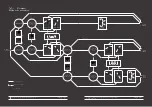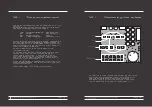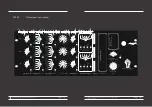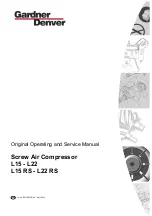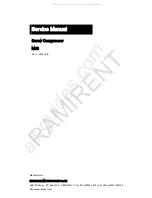
Electric Signal MMXV AD
Page 35
Delta Transconductace band Compressor
User Manual
Page 36
IX
Edison Effect
Edison Effect or Thermionic emission:
Thermionic emission is the thermally induced
flow of charge carriers from a surface or over a
potential-energy barrier. This occurs because the
thermal energy given to the carrier overcomes
the work function of the material. The charge
carriers can be electrons or ions, and in older
literature are sometimes referred to as
"thermions". After emission, a charge that is
equal in magnitude and opposite in sign to the
total charge emitted is initially left behind in the
emitting region. But if the emitter is connected
to a battery, the charge left behind is neutralized
by charge supplied by the battery as the emitted
charge carriers move away from the emitter, and
finally the emitter will be in the same state as it
was before emission.
The classical example of thermionic emission is
the emission of electrons from a hot cathode
into a vacuum (also known as thermal electron
emission or the Edison effect) in a vacuum tube.
The hot cathode can be a metal filament, a
coated metal filament, or a separate structure
of metal or carbides or borides of transition
metals. Vacuum emission from metals tends to
become significant only for temperatures over
1,000 Kelvin The science dealing with this
phenomenon has been known as "thermionics",
but this name seems to be gradually falling into
disuse.
X
Declaration of
Confirmity
The Delta Transconductance band Compressor
complies with the requirements of Conformité
Européenne.
XI
Contact details
Electric Signal
www Electricsignal.eu
@
info@electricsignal.eu
Phone 0031640237096
Leiden, Netherlands
2332PZ







